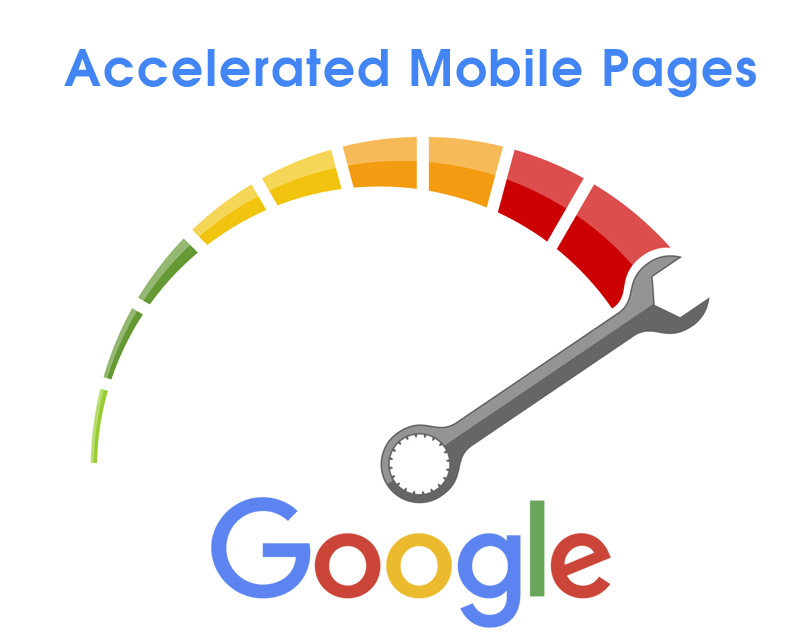
04 Jan Why Google AMP Was Inevitable
The Google AMP (accelerated mobile pages) project was introduced in October 2015 and has became a major part of the mobile organic search result. However, it continues to meet resistance from a portion of the user community and some publishers. Some publishers object to Google AMP because it means they need to suffer a one-time expense to make their sites AMP compliant. The visitors (people who use the mobile search result) object because they need to scroll past them to see the traditional mobile results. They are also issues that are caused by sloppy or incomplete implementations by the publishers. The resistance seems trivial when you actually take the time to understand the benefits and why Google needed to implement AMP.
Google AMP Benefits – Speed!
Google AMP pages load very fast. That means a better user experience, which also makes for a higher rate of conversion for publishers. Here are the reasons why Google AMP pages are faster:
- The pages are all served from a cache controlled by Google (the largest/fastest server network on the planet)
- Only a very limited amount of lightweight scripts are allowed and that list is carefully controlled by Google
- Elements on the pages are loaded as the visitor scrolls down so bandwidth usage is only incurred for content that is actually loaded
- All third-party elements are loaded asynchronously which means the you can start reading the article before all the images and ads have appeared
Why were faster pages needed?
So you have the latest and greatest mobile device from your provider of choice and a generous data plan. Worries about your data overage are a thing of the past. You know it and so do the publishers and advertisers. This means big beautiful images, fancy ads, page effects supported by ponderous JavaScript, and loads of video are now competing against all your apps for the finite amount of device bandwidth. Pages sizes that used to be measured in hundreds kilobytes are now measured in megabytes. The behavior from the ad providers (and advertisers) is simply deplorable. The ad content is poorly optimized, loaded with missing files, and the ad servers are often very slow. Mobile page load times have increased dramatically and the entire user experience has suffered.
The Other Reason – Ad Blockers!
Ad blockers are ineffective for the AMP pages. Though everyone hates ads, without them, much of the content on the internet would not exist. Of course, that revenue is critical for the existence of Google. However, the ad revenue also pays the salaries of people who research and write the content. The Google AMP pages do a great job of making the ad content reasonable (minimal script and asynchronous load) and greatly limiting the impact on the user experience (and you still don’t have to click on them).
Disabling Google AMP? Never going to happen!
Some portion of the visitor community would love to have an option to disable AMP. I suspect those are some of the same people who have installed ad blockers (understandable given the bad behavior of ad providers). I suspect the option to disable AMP will never happen. Though I rarely agree with the actions of Google, this was warranted and achieved exactly what was needed. The publishers probably need to do a better job with their AMP pages, but Google AMP is here to stay.




